Summary
- Private jet-centric airports may shut down, reducing the number of diversion facilities for commercial flights and increasing congestion at airports worldwide.
- Industry-adjacent companies like maintenance firms and on-demand charter operators are at risk of shutting down due to decreased private jet travel.
- Business-only airlines like BeOnd & La Compagnie may see a rise in popularity with the decline in private jet usage.
With increasing environmental concerns over using private jets, many are beginning to call for more stringent regulation of executive travel. With everything from public movements, such as those seeking to end expansions at private jet-focused airports, to industry leaders calling for change, it is only a matter of time before such travel begins to decline.
While private aviation is unlikely to be completely eliminated, heavy surcharges and taxes could make doing so less and less economical. Nonetheless, an adjustment in economic factors will, as is expected, have far-reaching implications for the industry, specifically for commercial airlines.
If private jet travel is unavailable, premium products on airlines will become ever-more popular for the highest-paying echelon of travelers. In this article, we will take a deeper look at the five biggest effects that a reduction in executive travel would have on airlines and airports in the medium-term future.
1 Private jet-focused airports might shut down
Such facilities could also transition to other operations
Airports of this type:
- Teterboro Airport (TEB)
- London Biggin Hill Airport (BQH)
- Paris Le Bourget Airport (LBG)
Several airports have grown to operate a business model that primarily relies on traffic from private aircraft, with one of the most recognizable being Teterboro Airport (TEB). According to the Port Authority of New York and New Jersey, such facilities generate tremendous revenue from landing and takeoff fees charged on private jets, a major source of money that a decrease in private jet traffic would heavily impact.
Photo: Jonathan Collins | Shutterstock
These facilities offer executive travelers many benefits that are relatively unimportant to commercial airlines and travelers. They thus would be repurposed for other operations or shut down in favor of non-transportation-related construction. Nonetheless, a reduction in airfields across the globe could negatively affect commercial aviation, such as a smaller number of diversion airports and more congestion at higher-traffic facilities.
2 A change in industrial organization
Industry-adjacent firms could be forced to shut down
Companies at risk:
- Charter operators (Jet Card membership providers)
- Maintenance firms
- Other support services
If fewer people are flying private than ever, there are undoubtedly a number of firms that will be at risk of losing a significant portion of their business. Namely, companies specializing in maintenance, revenue, and overhaul (MRO) within the business aviation industry will be the first to notice a sharp decline in demand for their services.
Photo: Markus Mainka | Shutterstock
On-demand jet card services like NetJets will be at high risk of being some of this industrial transition’s first economic victims. With the skyrocketing costs of private travel, there will be a steep reduction in those wishing to simply charter a private jet for a limited amount of time.
While the wealthiest people may still be able to purchase and operate their own private aircraft, the demand for single one-off services will likely decrease significantly. As a result, these businesses will likely need to rapidly adjust their service offerings or transition away from business aviation altogether. That said, many consider these fears unwarranted as business aviation continues to boom, with NetJets reporting a 13.2% increase in revenue in the first half of 2023, according to Aviation International News.
3 A golden era for premium-only airlines
Key winners: BeOnd & La Compagnie
Three key advantages:
- Offer a competitive premium product
- Provide a level of exclusivity not found on commercial aircraft
- Focus on routes most sought out by premium travelers
In the past few years, there has been a rise in the number of carriers seeking to operate a business class-only business model, including established airline La Compagnie and Dubai-based startup BeOnd. Both carriers seek to take advantage of a unique business model, allowing the exclusivity of private travel with the convenience and ease of a commercial flight.
Photo: BeOnd
In previous years, demand for high-quality inflight products has been limited to a few select routes, with the highest spending tier of travelers consistently electing to fly private. With fewer private jets to compete with, these airlines could be in an ideal position to capture an ever-expanding premium travel market.
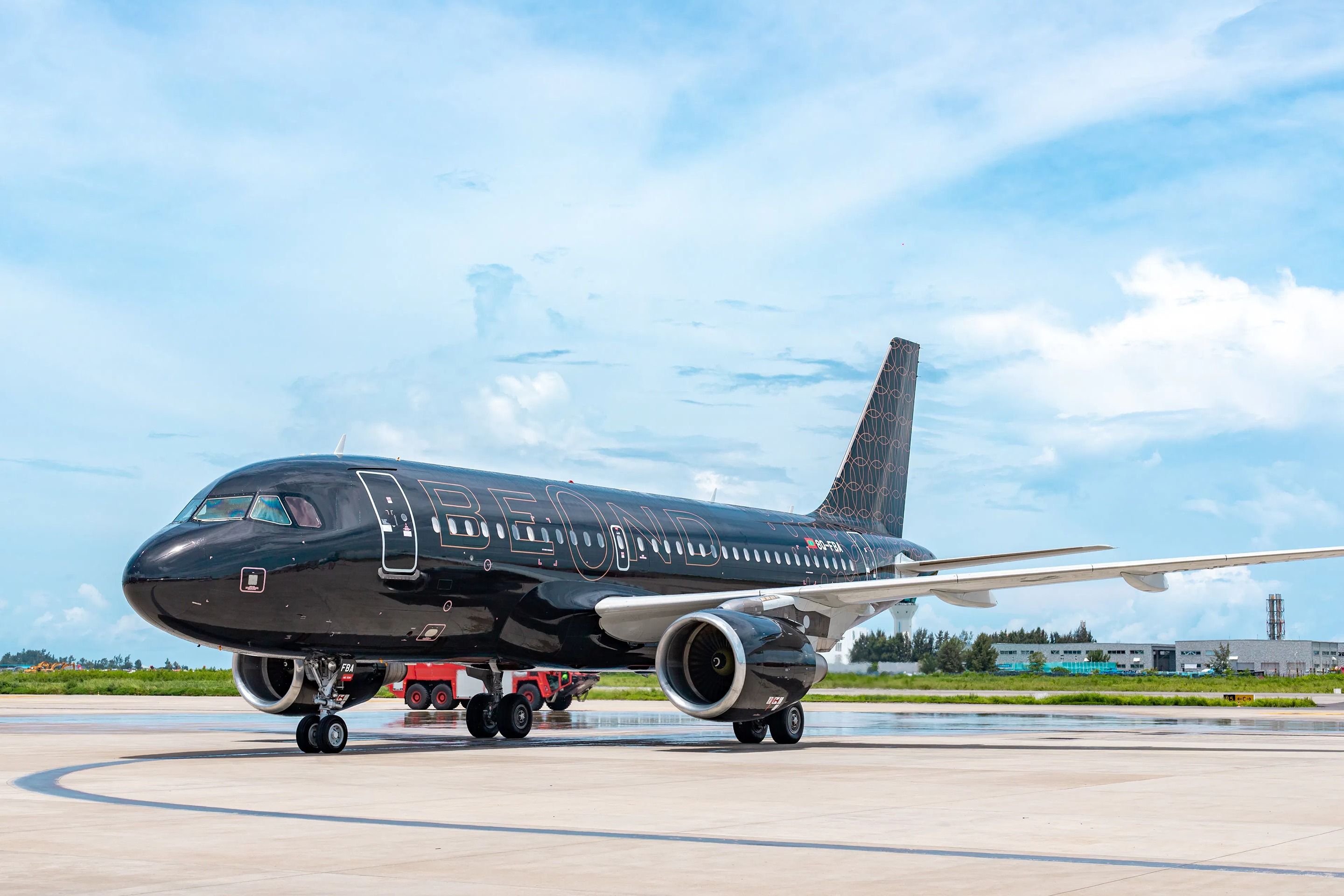
Premium Leisure Startup Beond Will Offer Apple Vision Pro To Passengers
Beond joins Foreflight in using the Apple Vision Pro headset in the aviation industry.
4 Business class will be more popular than ever
Legacy carriers’ economy cabins will continue to shrink
Two main reasons:
- Business class passengers generate more revenue
- Fewer passengers are lighter, allowing carriers to burn less fuel
If legacy airlines could fill entire aircraft with business class passengers, they would, as such travelers simply generate far more revenue than their companions seated further back in the plane. Airlines have tried to fly exclusively business class routes, such as Singapore Airlines’ service from Singapore to Newark, but many have failed due to a lack of constant premium demand.
Photo: Bradley Caslin | Shutterstock
With a heavy reduction in business aviation, more and more passengers would be pushed into business class cabins on commercial flights. With a higher demand for these products, airlines will undoubtedly aim to build larger, more luxurious business class cabins to capture even more of the market’s highest tier.
5 A first class renaissance
The cabin’s exclusivity may again become a force driving demand upwards
Carriers with the most impressive first class offerings:
- Air France
- Emirates
- Singapore Airlines
- SWISS
- ANA
For decades, there has been a substantial decline in airlines offering long-haul first class products, with only one major US-based airline, American Airlines, still offering such a cabin. The challenge, currently, is that the difference in inflight experience between business class and first class is not all that large, with the only major differences being some nicer food and amenities, alongside a heightened feeling of exclusivity.
Photo: Air France
With a decrease in private jet travel, however, first class could find its saving grace. With a powerful influx of passengers who care strongly about status and see it as a significant asset of an inflight experience, carriers could be driven to begin adding back first class cabins to cater to these demographics.


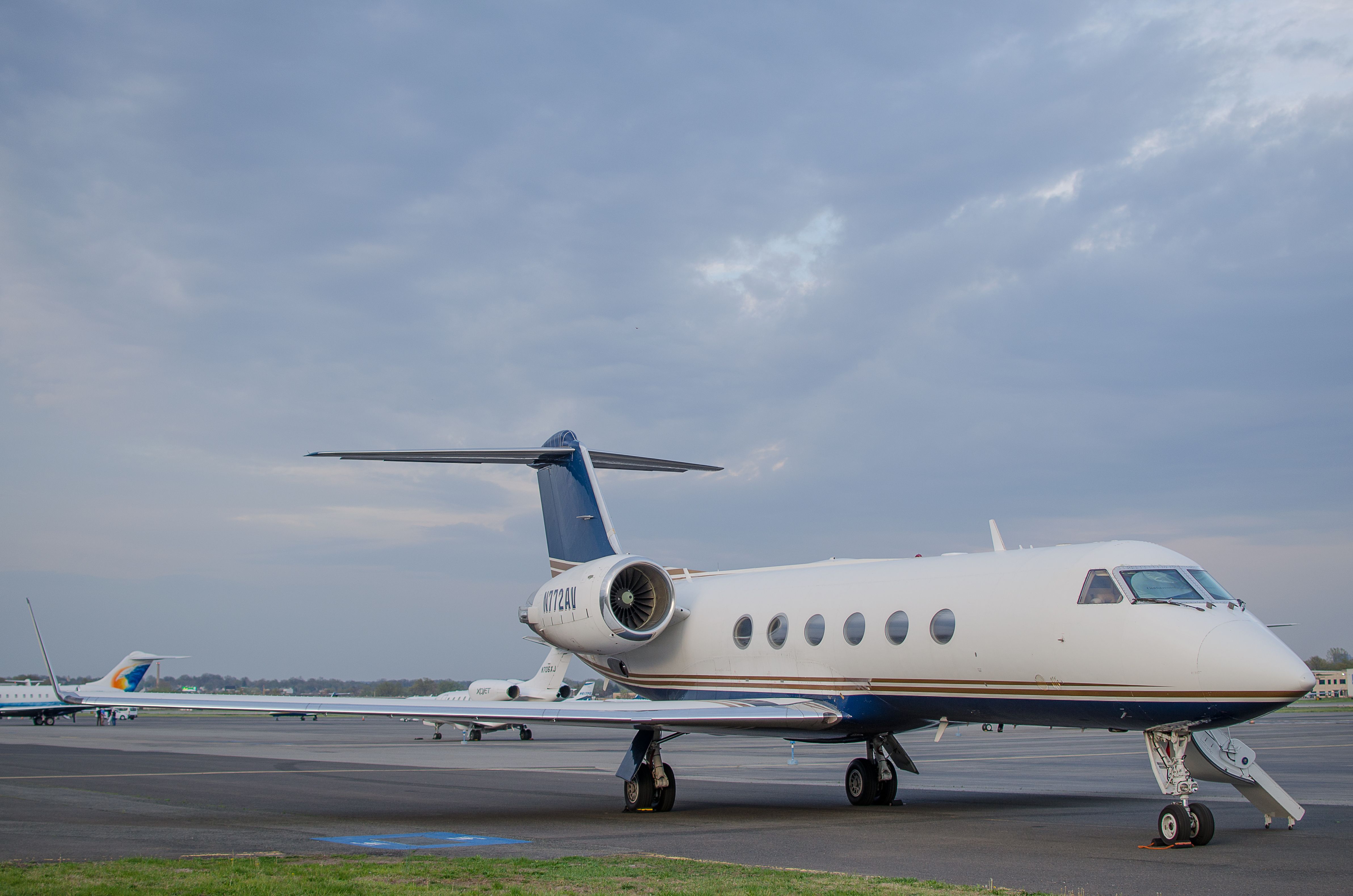
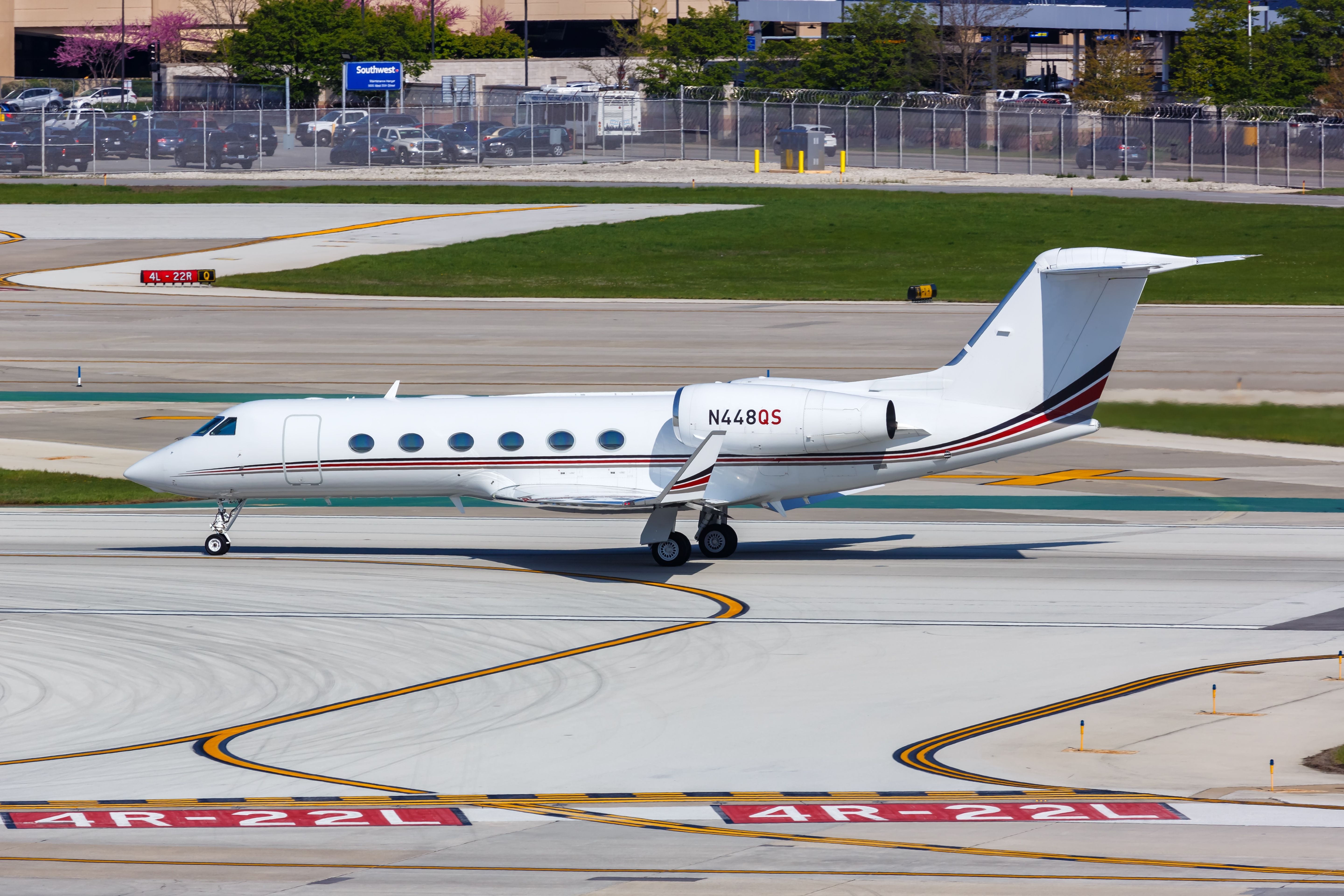
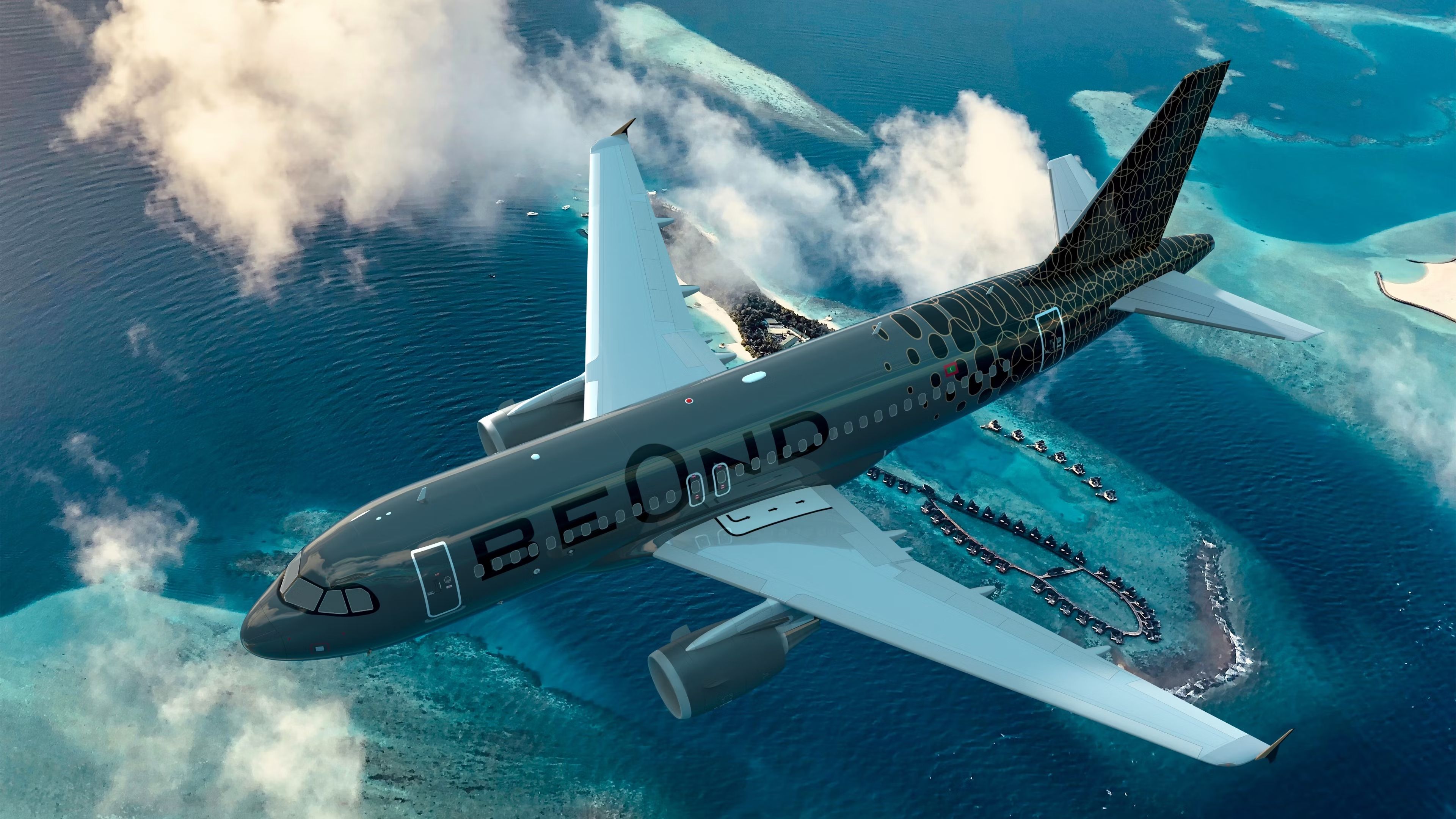
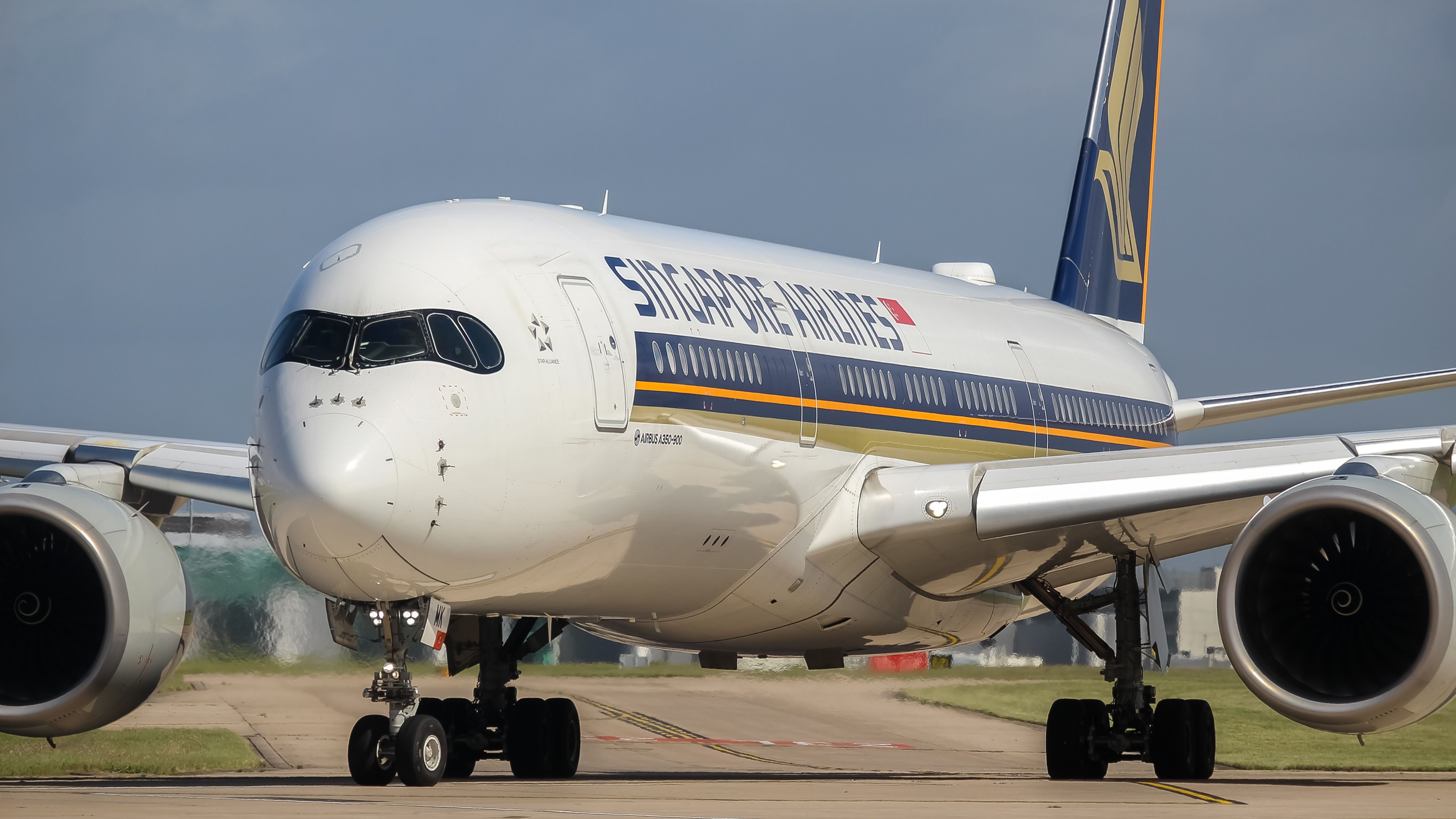
.jpg)


